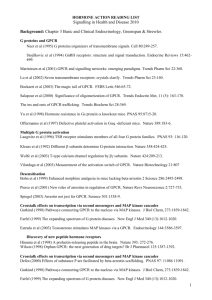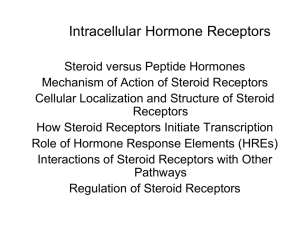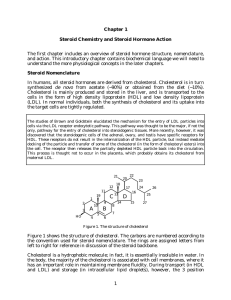Exam 2 Learning Objectives
advertisement
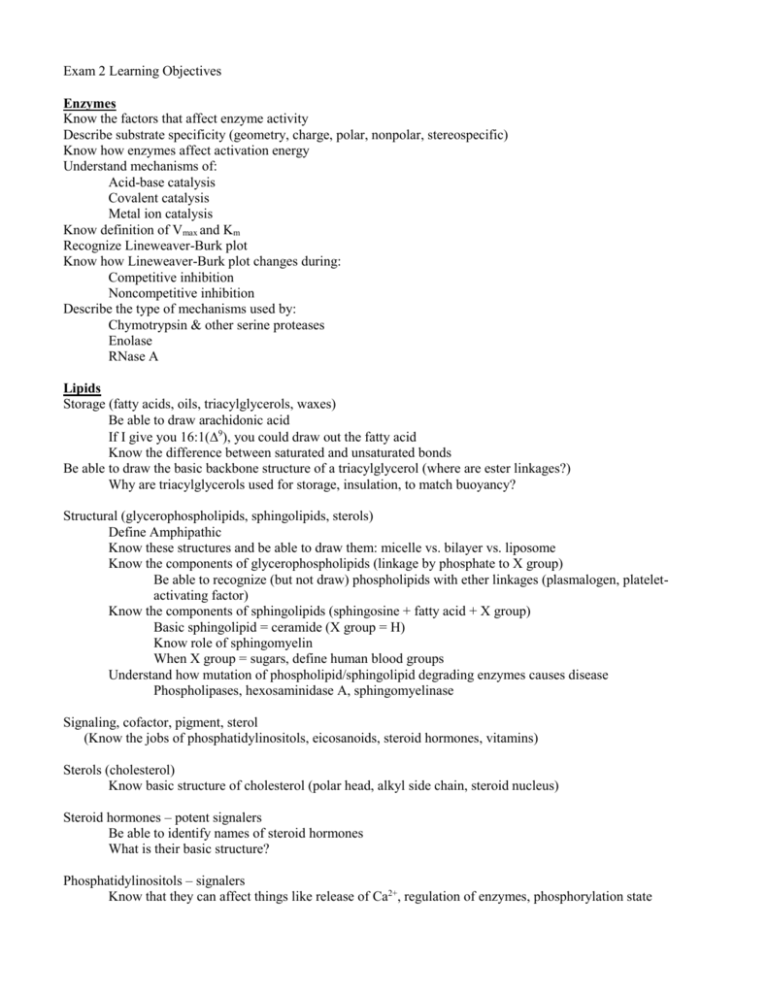
Exam 2 Learning Objectives Enzymes Know the factors that affect enzyme activity Describe substrate specificity (geometry, charge, polar, nonpolar, stereospecific) Know how enzymes affect activation energy Understand mechanisms of: Acid-base catalysis Covalent catalysis Metal ion catalysis Know definition of Vmax and Km Recognize Lineweaver-Burk plot Know how Lineweaver-Burk plot changes during: Competitive inhibition Noncompetitive inhibition Describe the type of mechanisms used by: Chymotrypsin & other serine proteases Enolase RNase A Lipids Storage (fatty acids, oils, triacylglycerols, waxes) Be able to draw arachidonic acid If I give you 16:1(9), you could draw out the fatty acid Know the difference between saturated and unsaturated bonds Be able to draw the basic backbone structure of a triacylglycerol (where are ester linkages?) Why are triacylglycerols used for storage, insulation, to match buoyancy? Structural (glycerophospholipids, sphingolipids, sterols) Define Amphipathic Know these structures and be able to draw them: micelle vs. bilayer vs. liposome Know the components of glycerophospholipids (linkage by phosphate to X group) Be able to recognize (but not draw) phospholipids with ether linkages (plasmalogen, plateletactivating factor) Know the components of sphingolipids (sphingosine + fatty acid + X group) Basic sphingolipid = ceramide (X group = H) Know role of sphingomyelin When X group = sugars, define human blood groups Understand how mutation of phospholipid/sphingolipid degrading enzymes causes disease Phospholipases, hexosaminidase A, sphingomyelinase Signaling, cofactor, pigment, sterol (Know the jobs of phosphatidylinositols, eicosanoids, steroid hormones, vitamins) Sterols (cholesterol) Know basic structure of cholesterol (polar head, alkyl side chain, steroid nucleus) Steroid hormones – potent signalers Be able to identify names of steroid hormones What is their basic structure? Phosphatidylinositols – signalers Know that they can affect things like release of Ca2+, regulation of enzymes, phosphorylation state Eicosanoids – signalers Define paracrine Know the fatty acid precursor of eicosaniods Know the roles of the 3 different types (PGE, TBX, LT) Vitamins (fat soluble, A, D, E, K) Know the basic role of each Biological Membranes: Be able to describe the fluid mosaic model Membrane proteins span the bilayer How did scientists determine whether a protein spanned the bilayer? Peripheral proteins How associated with membrane? Integral proteins How associated with membrane? Roles of integral membrane proteins (adhesion, viral infection, etc.) Understand hydropathy index Biological Membranes and Transport: Know differences between simple diffusion vs. facilitated Know the specific types of facilitated diffusion transporters (aquaporins, glucose transporters, chloride/bicarbonate) Understand uniport vs. cotransport (symport vs. antiport) Know how primary active transport differs from simple & facilitated diffusion Active transporters Know the ATP-dependent active transporters (P, V, F, multidrug) Biosignaling: Know the difference between autocrine, paracrine, and endocrine signals Understand the evolutionarily conserved mechanisms of specificity, amplification, desensitization, integration Be able to describe the types of signal transducers (gated ion/ligand channels, receptor enzymes, serpentine receptors, steroid receptors) Ligand-gated channel example: nicotinic acetylcholine receptor Receptor enzyme example: insulin receptor (understand how phosphorylation and amplification affect the outcome) Serpentine receptor example: -adrenergic receptor (understand what a G protein is, how phosphorylation and amplification affect the outcome, role of cAMP) Steroid receptors (understand how they work and how drugs like tamoxifen work) How does biosignaling change in cancers? Understand oncogenes and protooncogenes, tumor suppressor genes, apoptosis
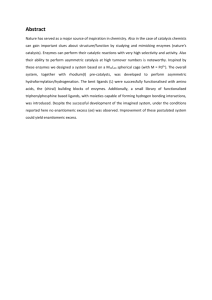
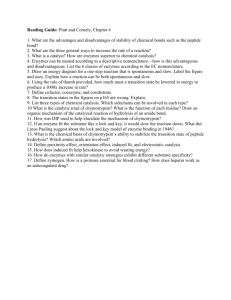


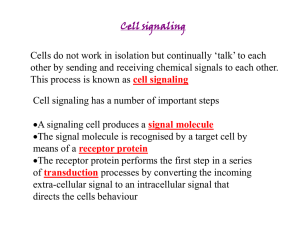

![Shark Electrosense: physiology and circuit model []](http://s2.studylib.net/store/data/005306781_1-34d5e86294a52e9275a69716495e2e51-300x300.png)
